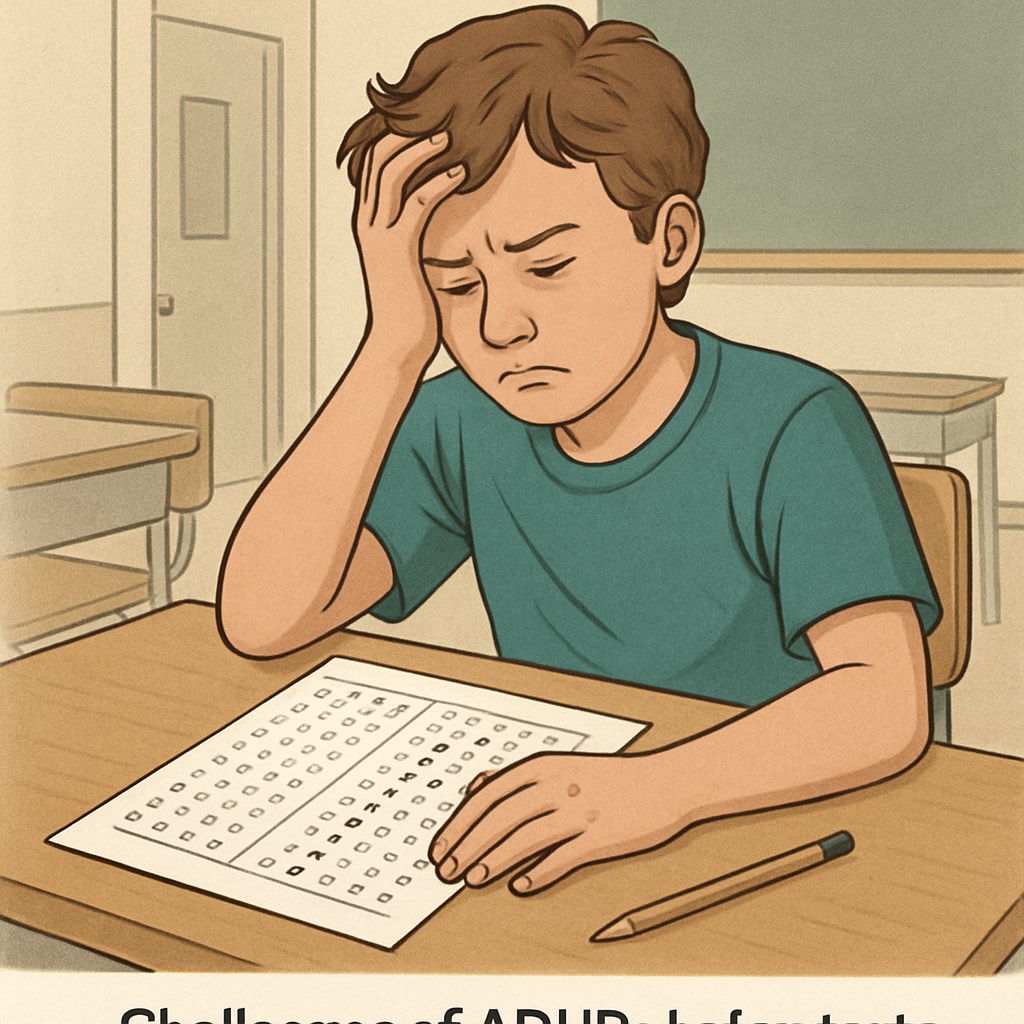Gifted education programs are designed to nurture exceptional abilities and talents. However, the reliance on standardized testing as a primary tool for identifying gifted students often leads to significant oversights. Children with ADHD (Attention-Deficit/Hyperactivity Disorder) and other unique learning profiles are frequently left out of these programs, despite their high potential. This article examines the shortcomings of the current gifted education system and advocates for a more inclusive and comprehensive approach to identifying talent.
How Standardized Testing Fails to Capture True Potential
Standardized tests have long been the cornerstone of admissions into gifted education programs. These tests aim to measure intelligence, creativity, and problem-solving skills, yet they are inherently limited in scope. For instance, students with ADHD often struggle with focus and time management during such assessments. These difficulties can mask their true abilities, leading to underperformance on tests that are not designed to accommodate their needs.
Moreover, standardized tests often ignore the diverse ways in which intelligence manifests. A child might excel in creative thinking, artistic expression, or interpersonal skills, none of which are effectively captured by a multiple-choice format. As a result, many gifted students fall through the cracks, their potential unrealized due to systemic biases in the evaluation process.

The Intersection of ADHD and Giftedness
ADHD often comes with a unique set of strengths, such as hyperfocus on areas of interest, creative problem-solving, and out-of-the-box thinking. These traits align closely with the characteristics of gifted individuals. However, the behavioral traits associated with ADHD—such as impulsivity, difficulty following instructions, and restlessness—can obscure these strengths in traditional educational settings.
Research indicates that “twice-exceptional” students (those who are both gifted and have a disability, such as ADHD) are at risk of being misunderstood by educators. These students often exhibit uneven academic performance, excelling in some subjects while struggling in others. Without proper training, teachers may misinterpret their behaviors as a lack of ability rather than a sign of dual exceptionalities.

Rethinking Gifted Education: Toward an Inclusive Model
To create a more equitable gifted education system, schools must move beyond standardized testing as the sole criterion for entry. A holistic approach that considers multiple factors—such as teacher recommendations, student portfolios, and observations of real-world problem-solving—can provide a fuller picture of a child’s abilities.
Additionally, incorporating accommodations for students with ADHD and other learning differences is essential. For instance, allowing extended testing time, offering alternative assessment formats, and training educators to recognize diverse expressions of intelligence can help ensure that no talent is overlooked.
- Adopt multi-faceted evaluation methods, including creativity assessments and behavioral observations.
- Provide professional development for teachers to identify and support twice-exceptional students.
- Create individualized learning plans that cater to the unique needs and strengths of each student.
By embracing these reforms, the education system can better recognize and nurture the talents of all students, regardless of their learning profiles.
Conclusion: Unlocking Every Student’s Potential
The current gifted education system, with its heavy reliance on standardized testing, is ill-equipped to identify all forms of talent. Students with ADHD and other exceptionalities are particularly vulnerable to being overlooked. By adopting a more inclusive and comprehensive approach, educators can ensure that every child has the opportunity to reach their full potential. The future of education lies in celebrating diversity—not just in backgrounds, but in the ways we learn, think, and excel.
As we continue to study and refine educational practices, it is crucial to remember that intelligence and talent are multi-dimensional. Let us work toward a system where every gifted student, regardless of their challenges, is given the tools and opportunities they need to succeed.
Readability guidance: This article uses clear, concise language and short paragraphs to ensure accessibility. Lists and headings are included to enhance readability, with a focus on actionable insights and real-world examples.


